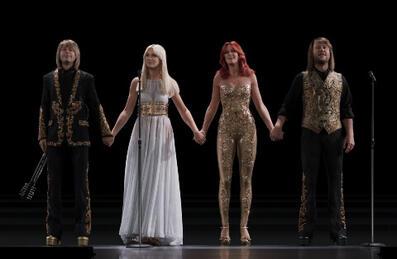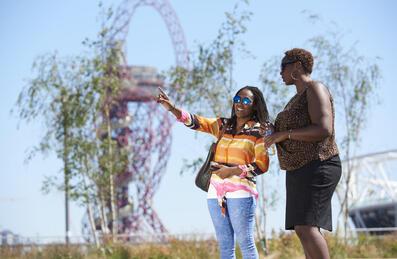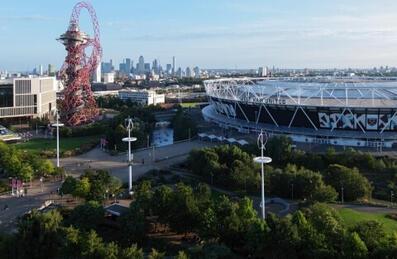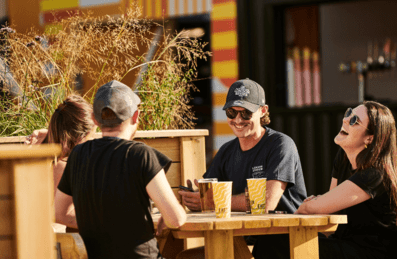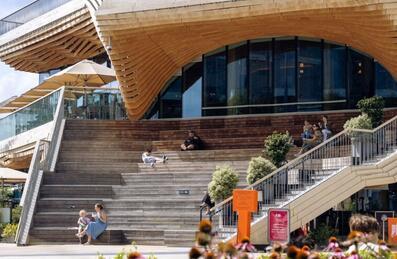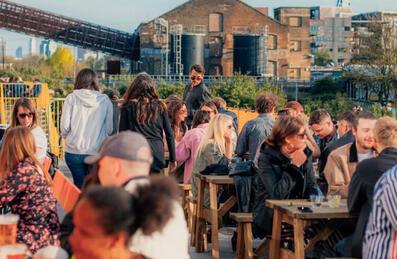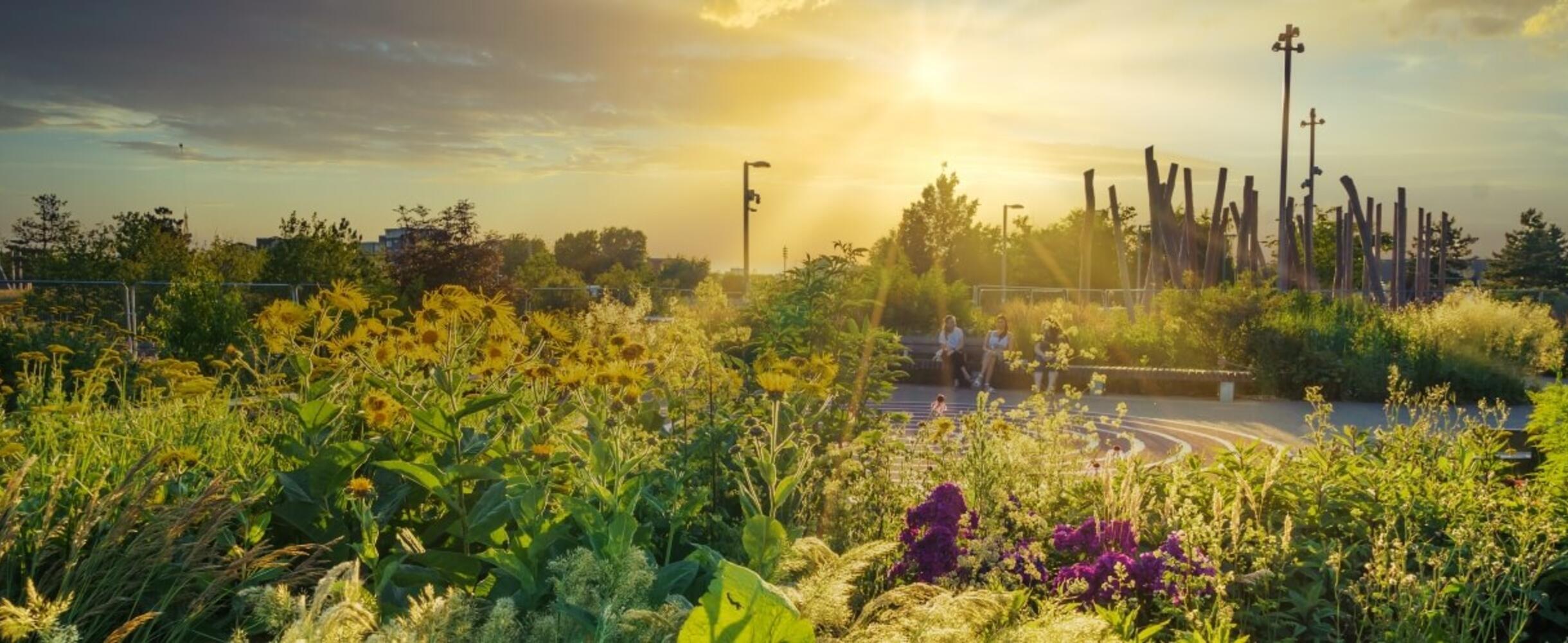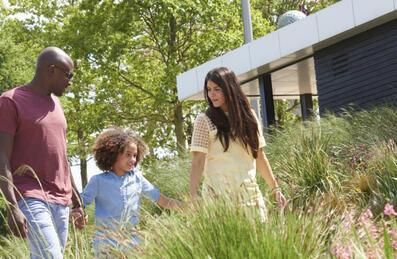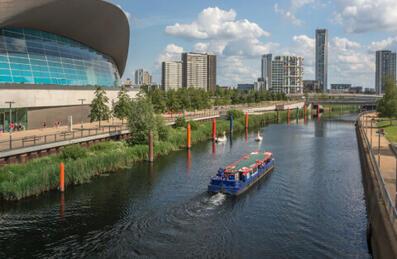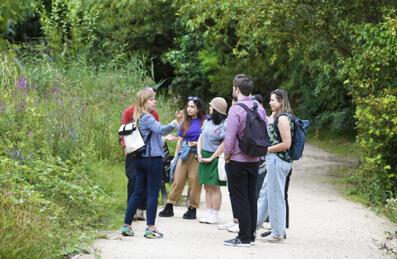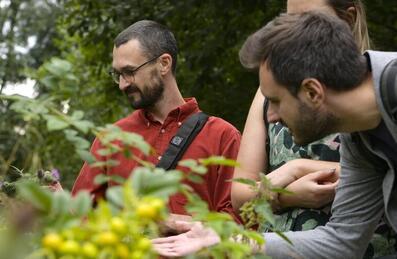
Popular Searches:
Keep up to date
Sign up today for exclusive offers and incredible experiences you won’t want to miss at Queen Elizabeth Olympic Park.
Sign up nowGardens and open spaces
Nestled among the iconic venues, the Park’s gardens and open spaces are an attraction in themselves for visitors throughout the year.
There are so many to choose from, including curated spaces like the 2012 Gardens which feature plants from around the world or wilder spots like the Wetlands area. Looking for the perfect picnic spot? Check out the Park Meadows right by the Olympic rings.
London Blossom Garden
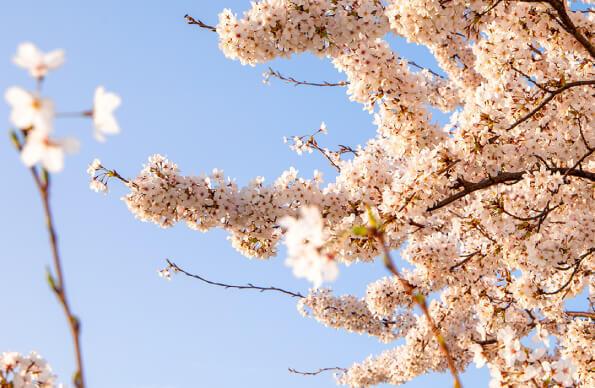
London Blossom Garden
London Blossom Garden is a living memorial to commemorate the city's shared experience of the Coronavirus pandemic. The garden offers a place of reflection for Londoners to remember those who have lost their lives, and pays tribute to London’s brave key workers who risked their own lives to help others and keep our city moving.
Planted in the north of the Park, the garden has 33 blossom trees, each representing a London borough, including the City of London. The trees are arranged in three close circles made up of eight different species of tree. Every spring the garden will come alive with hawthorn, cherry, cherry plum, and crab apple blossom, creating a stunning scene of colourful blossoms against a backdrop of the vibrant green surrounding parklands.
Learn more2012 Gardens
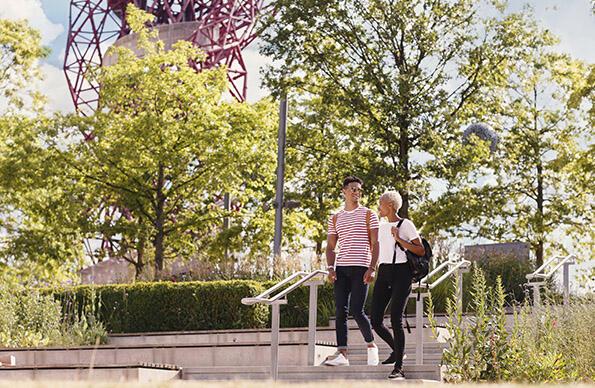
2012 Gardens
The 2012 Gardens pay tribute to Britain's long history of exploration, trade and plant collecting and their impact on the great horticultural diversity and variety of British gardens. Featuring 70,000 plants from 250 different species across the world, the Gardens are divided into four climatic zones, each drawing upon the ecological character of habitats found in the wild.
The planting is highly structured, designed for dramatic, year-round effect. The plants themselves were carefully selected not only for their beauty but also for their durability and value in attracting bees, butterflies, hoverflies, and other species for increasing biodiversity.
Learn moreGreat British Garden
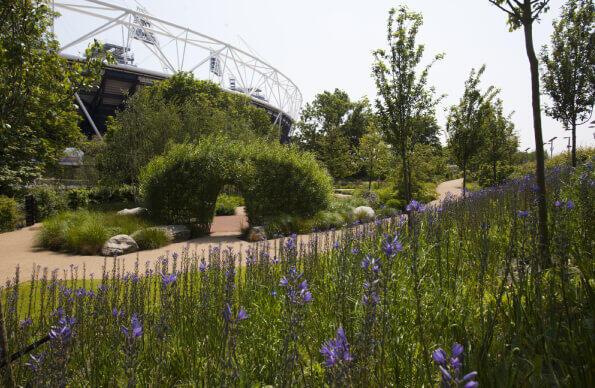
Great British Garden
One of the Park’s best kept secrets, the Great British Garden was created to demonstrate the unique qualities of a British domestic garden and to take visitors on a journey of discovery through three gardens themed on the colours of Olympic medals: bronze, silver and gold.
The Great British Garden intermingles rich and varied new planting with existing trees that have crowded the banks of the canal for decades. These trees (mostly Sycamore) now form a natural barrier between the tranquil gardens and the hustle and bustle of London Stadium which sits over the water.
Learn moreSouth Park Plaza
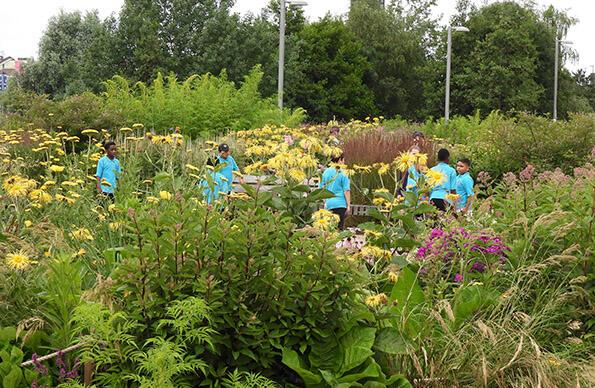
South Park Plaza
South Park Plaza was conceived as a 21st Century 'Pleasure Garden', once almost entirely paved as the main concourse for the Olympic and Paralympic Games. Tessa Jowell Boulevard forms a tree-lined north-south axis within South Park Plaza, hung with spherical lanterns and bordered with kiosks and event spaces defined by vibrant herbaceous planting.
The South Park Plaza is a place of activity, entertainment and discovery with events, creative programming and multi-cultural attractions, and including play areas, lawns, open expanses of hard landscape, the Water Labyrinth fountains, Riverside East and the ArcelorMittal Orbit.
Learn moreDid you know?
One of the oak trees in the Great British Gardens was grown in Kew Gardens from an acorn collected from a tree originally planted in 1894 by the co-founder of the International Olympic Committee, Baron Pierre de Coubertin.
Mandeville Place
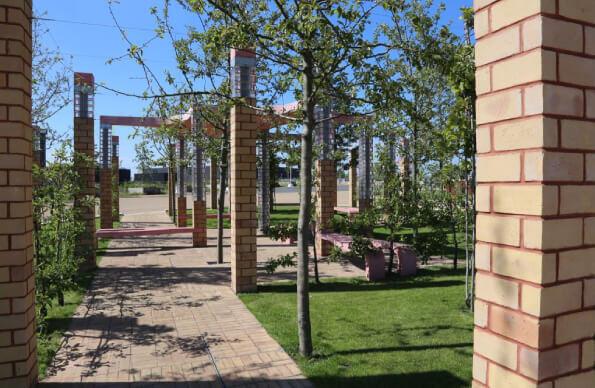
Mandeville Place
Taking inspiration from the use of apples in the 2012 Opening Ceremony, Mandeville Place is a celebration of the success of the London 2012 Paralympic Games.
It’s based around a small orchard. The area brings together apple and other fruit trees with man-made elements, such as a pavilion made from the original Athletes’ Village Paralympic Wall. Carved into the ground are the Paralympic values of Determination, Inspiration, Courage and Equality. These values informed the naming of the brand-new variety of apple that is now grown there - 'Paradice Gold' which combines the word Paralympic with first letter of these values.
Wetlands
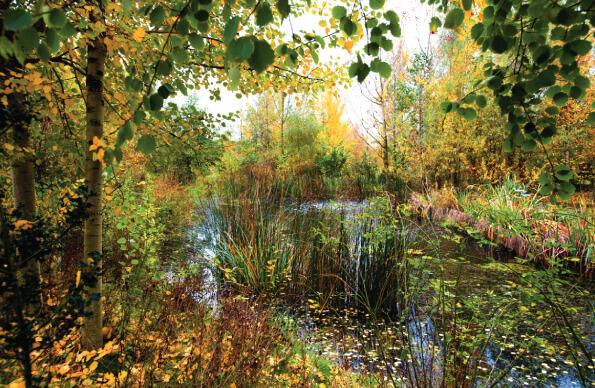
Wetlands
The parklands reflect the River Lea’s place at the heart of the area, with acres of wetlands and riverside meadows that are home to hundreds of different birds, waterfowl and amphibians.
In the north of the Park, a large wetland bowl, carved out of the river’s path, not only provides beautiful, sloping lawns and meadows for visitors, but also acting as a natural flood defence for when water levels rise.
Park Meadows
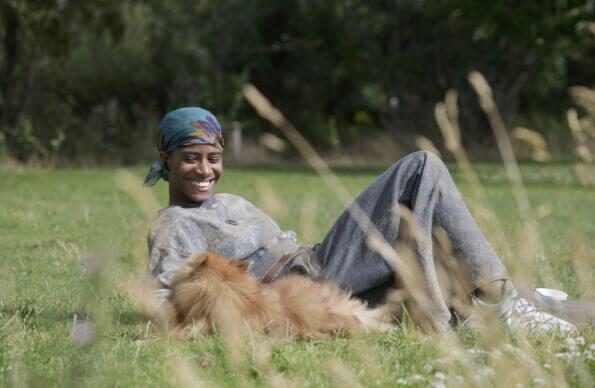
Park Meadows
The Park’s meadows feature beautiful displays of wildflowers around lawns that are perfect for a picnic. These meadows were the largest of their kind when installed for the London 2012 Games and provide colour, texture and are valuable habitats. These lie in the north of the Park, along the banks of the River Lea, and include the gently sloped heart shaped lawn which is host to the Olympic Rings.

